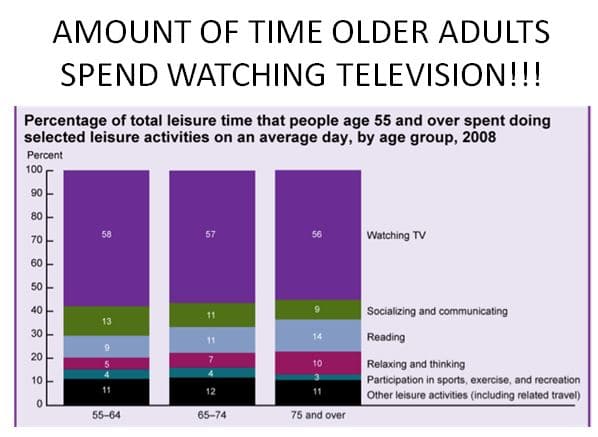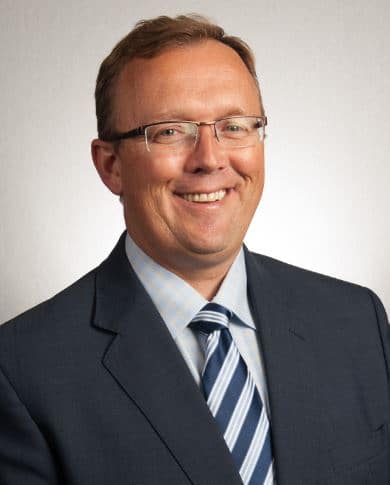“Signal & Noise” is a bimonthly, or sometimes monthly, column by Brian Taylor, AuD.
Selecting and fitting hearing aids is, and will continue to be for the foreseeable future, the primary tool audiologists and hearing instrument specialists use to address the needs of adults with hearing loss. Today, it is the hearing aid that generates the primary stream of sustainable revenue and largely defines the existence of these two professions.
Q1: Without the hearing aid, would either profession exist?
Audiology’s Existence Is Defined by the Hearing Aid
For an assortment of reasons, including portability and effectiveness, ever-improving hearing aid technology has earned its status as the basis of a hearing care professional’s clinical repertoire of professional service offerings.
It seems, however, the very existence of audiology in 2015 revolves around dispensing hearing aids. A visit to the expo floor of the recently concluded 2015 AudiologyNOW! would support this point, as all of the Big Six drew large crowds of audiologists, clamoring to learn about their latest innovative features.
Q2: Will the newest generation of innovative hearing aid features create more demand for our products and services?
When Your Only Tool is a Hearing Aid …
Probably not is the most likely answer to the two questions posed above. At the risk of bastardizing a familiar aphorism, when a profession’s only tool is a hearing aid, it is easy to think all problems can be fixed by a better, slightly more technologically advanced form of this device.
Yet, outside the comfortable hearing care bubble, there is a marketplace that recognizes the shortcomings of pinning our hopes of growing the market around an incrementally better mousetrap. A significant part of this market, consisting of millions of individuals from all walks of life with varying degrees of hearing loss, has decided for a variety of reasons to essentially ignore the technological innovations that so many of us eagerly wait to see unveiled each year at AudiologyNOW.
Q3: Since the advent of digital hearing aids, nearly 20 years now, have we significantly changed the penetration rate or grown the market?
The Wake Up Call
In short, my years of observing the launch of a new innovative feature to great fanfare, yet seeing no real change is consumer demand has served as a wake-up call. What can we do differently to meet the unmet needs of those with hearing loss who too often fail to embrace our traditional solutions?
Beyond providing hearing aids, there are real opportunities to grow the market for audiology services. Auditory training, aural rehabilitation, and assistive listening devices are undoubtedly part of the strategy for increasing the demand for our services. The challenge associated with all three of these options, however, is that they have been around as long as hearing aids and offer unsustainable revenue streams for the typical clinic.
Rather than viewing our practices as “hearing aid centers,” now is the time to view our practices as “hearing solution centers.” This requires a monumental shift in our day-to-day activities with patients. It requires that we practice interventional audiology, so that we become actively involved in the care of patients at a younger age, when their hearing loss is milder and less debilitating. It requires us to recognize age-related hearing loss, which comprises the vast majority of our caseloads, as a chronic condition, which is best managed over a long period of time using skills such as motivational interviewing. Lastly, it requires that we offer all of our patients a full range of remediation options. (To see how this approach can be implemented, see Cox, 2014).
Part of a strategy of offering patients a broader range of solutions necessitates the need to create new product categories. One such new category of product is directed audio. One such product in this new category of devices is Hypersound, a product I now represent in my new position.
My View, My Leap

Fig 1. Percentage leisure time spent watching TV. (Source: Barbara Weinstein, PhD, CUNY Graduate Center)
Audiologists and hearing instrument specialists alike have an obligation to better meet the unmet needs of those suffering from hearing loss. I decided to make the leap from a traditional hearing aid manufacturer (and a great company), where I spent nearly seven years of my career, to an innovative (and disruptive) consumer electronics company because it’s an opportunity to expand the market for audiology services.
This new category of directed audio devices can supplement traditional hearing aids, or be dispensed as a stand-alone device that may serve as a gateway to long-term hearing aid use. And, because direct audio devices are sophisticated instruments dispensed only through professional channels, there is potential to create a relatively robust alternative revenue stream.
Of course, there are many unanswered questions about how directed audio can be successfully integrated into a clinical practice. I will conclude with one example that requires further thought. Figure 1 shows how adults aged 55 and older spend their leisure time. Note how much time is spent watching TV. For many of us, watching television is how we get our news and, perhaps more importantly, how we spend time with our families.
For hearing-impaired patients – even those with mild high-frequency losses– watching TV may be the most important part of their day. Being able to offer patients an alternative to traditional hearing aids has many potential benefits: They can take their hearing aids out and relax without missing any dialogue. They can choose to wear their hearing aids and maybe hear even better when using a directed audio device. Or, those with minimal hearing loss can experience improved hearing without having to invest in hearing aids. All are opportunities to expand our scope of practice beyond the traditional hearing aids and address many of the unmet needs of the marketplace.
Will you join me in creating this new category of solutions, “directed audio”, that will grow the market for our services, create additional revenue for our practices and help more patients enjoy their time at home with family?
This is the post 3 in the “Signal & Noise” series. Click here for Post 1 or Post 2.
Brian Taylor, AuD, is Senior Director, Clinical Affairs, for Turtle Beach/Hypersound. He continues to serve as Editor of Audiology Practices, the quarterly publication of the Academy of Doctors of Audiology. During the first fifteen years of his career, he practiced clinical audiology in both medical and retail settings. Since 2005, Dr. Taylor has held a variety of leadership & management positions within the hearing aid industry in both the United States and Europe. He has published over 50 articles and book chapters on topics related to hearing aids, diagnostic audiology and business management. Brian has authored three text books: Fitting and Dispensing Hearing Aids (co-authored with Gus Mueller), Consultative Selling Skills for Audiologists, and Quality in Audiology: Design & Implementation of the Patient Experience. His latest book, Marketing in an Audiology Practice, was published in March, 2015. Brian lives in Golden Valley, MN with his wife and three sons. He can be reached at brian.taylor.aud@gmail.com or brian.taylor@turtlebeach.com.







Congrats on the new position old friend…please stay in touch – looks like a great opportunity!!
Brian, it was nice seeing you at #AN15; and the Turtle Beach “HyperSound” system was indeed impressive. It looks like a winning technology, especially in schools and commercial installations.
PS: Only five of the Big Six HA manufacturers were present: “Uncle Bill” took his bat & ball to Vegas.
Mr. Taylor
“No real change in consumer demand has served as a wake-up call”? Wouldn’t a reduction in hearing aid costs change the equation and increase the demand for hearing products, thereby increasing dollars and market share? My experience as an HLAA speaker is that cost is the biggest problem for people needing hearing aids. As true costs to manufacturers are close to 10 % of retail, there is some room to reduce prices AND expand demand. Surely some manufacturers will leave the marketplace but those controlling their cost will achieve larger market share as they reduce the cost to consumers.
The hearing solutions marketplace is changing at a rapid pace and audiologists/hearing aid dispensers need to take a step back and look at where they see themselves within this developing scenario.
I’m pleased to see you mention ‘becoming actively involved from younger age’ with your clients. I totally agree. In our business the aim is to be the ‘go to’ place for all your hearing needs. From caring for your hearing by routinely checking baseline thresholds, protecting your hearing if you find yourself in a noisier environment or looking for solutions to help better understand speech if the patients feels like they are under performing. The baseline threshold checks can start from a very young age.
As you have highlighted, there is currently a gap. The gap between recognising some speech perception difficulties and feeling like a hearing aid is required in all situations. The ‘disruptive’ technologies that are emerging have the potential to fill this void.
If you dispense hearing aids then you really should consider how new technologies from suppliers entering the market can integrate with your current offerings. A device that can bridge the gap. A device that could be situation specific. A device that is a part-time solution. A device that addresses the clients current listening needs.
If you do a good job for the client in bridging this gap and then you’ll be in a better position when they are ready to consider a traditional hearing aid.
These are exciting times and I look forward to seeing how we consider integrating the potential of the emerging hearing solutions market.